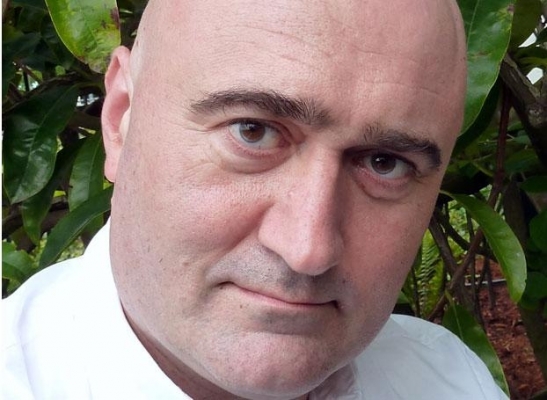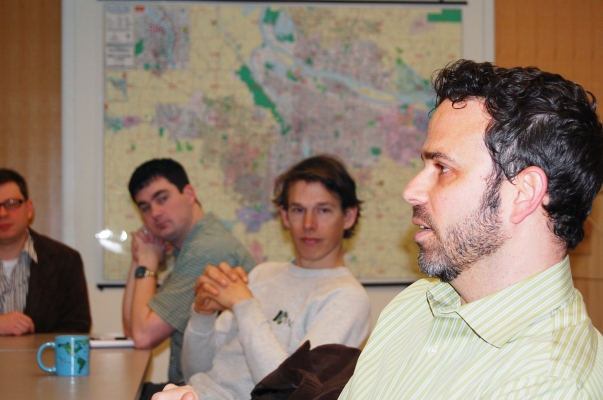For transit planning expert Jarrett Walker, one of the fundamentals of transit is also one of the hardest points for people to figure out: you can’t make good transit-system decisions from behind the wheel of a car.
“If you’re a habitual motorist, it doesn’t matter how much you support transit, there are certain things about it you’re not likely to get,” Walker said. “One the most basic, if you’re a motorist or a cyclist for that matter, you’re going to appreciate the concept of speed but not the concept of frequency.
“In urban transit, frequency is vastly more important than speed in determining how soon you get where you're going.”
Walker, the author of “Human Transit: How Clearer Thinking About Public Transit Can Enrich Our Communities And Our Lives,” presents his work at three OTREC-sponsored forums in Eugene and Portland May 16-18. Click here for more information on the presentations and Walker.
While driving or cycling faster typically means arriving earlier, slow transit vehicles that run often will get you to your destination sooner than fast, infrequent ones, Walker said. “It’s very difficult to get motorists to understand that importance. I tell them to imagine a gate at the end of your...
Read moreWhen Gabe Klein starts his new job as commissioner of the Chicago Department of Transportation, the lessons of Oregon’s transportation system will be fresh in his mind. Klein, the former director of the District (of Columbia) Department of Transportation, visited OTREC programs and student groups over several packed days in Oregon.
Klein started his tour April 6 in Eugene as an expert in residence with the Sustainable Cities Initiative and LiveMove student group at the University of Oregon. He worked his way up the Willamette Valley with meetings and presentations in Salem and Portland.
On bicycle, Klein toured Eugene’s off-street paths, including pedestrian and bicycle bridges, and the street that will carry the area’s first cycle track.  He met with city and Lane Transit District officials before touring the EmX bus rapid transit system....
He met with city and Lane Transit District officials before touring the EmX bus rapid transit system....


